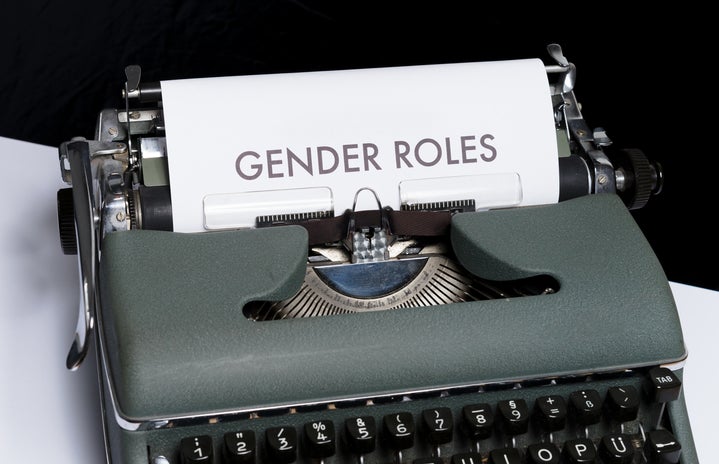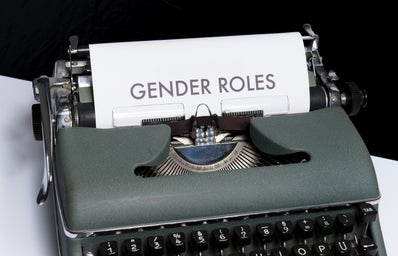Oftentimes, we overlook our privilege to reside in Canada. While gender inequality remains a prevalent
injustice globally, our basic survival needs are rarely at risk due to our gender. As such, we have the
innate responsibility to utilize the power and privilege ingrained into Canadian society to help others feel
a sense of security, safety, and equality, at the very least, in their home countries. Canadians undoubtedly
struggle with many injustices and inequalities, one could argue there is not a place on Earth that is safe
from injustice; nevertheless, Canadians reside in a first-world country, with that, the gender inequalities
faced, while serious and prevalent, do not prevent us from using our voices, as we have access to resources and opportunities that many South Asian countries lack. Afghanistan is ranked as the number one country in which women are subjected to some form of domestic violence. In addition, approximately one-third of South Asian girls do not attend school, this in itself perpetuates the gender norms we protest against. The following article will analyze the impacts of the lack of equal access to education in South Asian countries, as well as the
forceful succumbing to inescapable patriarchal ideologies.
Social injustices are not the trends they are often portrayed as through social media. The infamous Me Too movement sparked a wave of strong women supporting one another and calling out despicable acts occurring in every possible environment. Soon replaced by other, important social injustices, allowing it to proceed without word. Just because it is not talked about, does not mean it is not happening, in fact, one could argue, the less it’s spoken about, the more it happens. Regardless of the size of one’s platform, we tend to underestimate the power of posting something as simple as an Instagram story. A social justice issue once considered a prevalent trend was the lack of education for girls in many developing countries. While we have gone on to gain post-secondary education and knowledge through lived experiences, the girls we once fought for continue to live with the same amount of knowledge and understanding they had back then.
While domestic violence rates have decreased as a whole throughout South Asian countries, it is still
ranked as one of the most unsafe countries for women. It is fair to acknowledge the question arguably
asked more than any other when one hears of a domestic violence case, “Why didn’t she just leave?”.
Women in these countries are rarely able to gain a form of education, leaving them with an inability to
secure a job, and thus being forced to succumb to a homemaker role. Correlating to this, women are
significantly more likely than men to become poor in South Asian countries. Within India alone, 60% of women have no valuable assets to their name. Compared to Canada, 10% of women live in poverty, As of 2019, 65% of women were in a traditional field of employment, with the majority having equal access to education. They are unable to financially support themselves due to the untouchable pedestal men are placed upon, especially in South Asian countries. The double standards and inequalities persist, leaving women no choice but to experience domestic violence at home or be without one altogether.
It is crucial to be mindful of the power and privilege we hold simply by being citizens in a Western country like Canada and continue to advocate for those who cannot. We must break free from the norm of treating human lives as trends and continue to fight for equal rights. It should not take tragic murders, assaults, and more for the world to speak up. Within South Asian countries, domestic violence and lack of education are significantly more prevalent than within Canada. This puts South Asian women in a difficult position, one in which they are often unable to separate from their partners as they are typically their only source of income, leaving them to succumb to the mistreatment they face. Everyone deserves the right to education, work, and independence.


